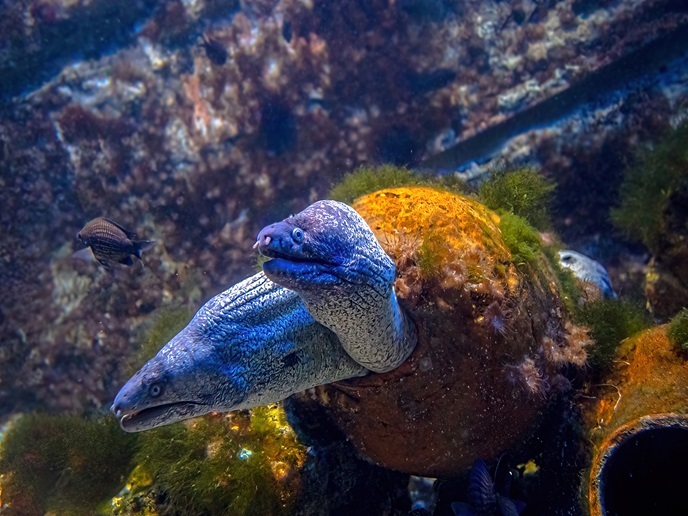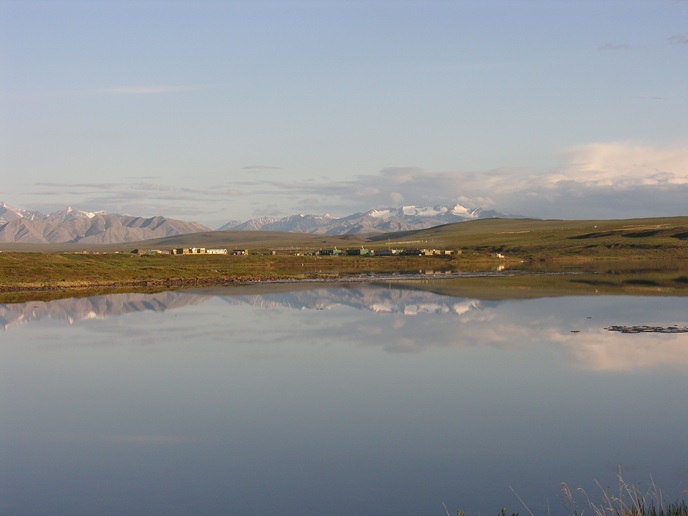Understanding and conserving Atlantic salmon
Salmon are among the most iconic species on the planet. Their ability to navigate the ocean before returning to their home rivers, leaping obstacles to find their natal streams, is amazing. Today, European environmental resources, including salmon stocks, are enduring increasing pressures from pollution, climate change and overexploitation. The Salsea-MERGE project is advancing our understanding of ocean-scale, ecological and ecosystem processes that have a profound effect on salmon. Nine European countries have come together to advance genetic stock identification techniques, developing new markers and fine-scale growth estimation tools. Partners are also looking at food and feeding patterns, and migration and distribution models that merge hydrographic, oceanographic, genetic and ecological data. Research cruises to designated areas in the north-east Atlantic took place in 2008 and 2009. Tissues from captured fish and associated environmental data were combined in a unique biological and environmental database, the so-called 'Salsea Pgnapes'. Likely migration routes were assembled for some individual river stocks, including those from the Loire Allier in France and the Namsen in Norway. The distribution of juvenile salmon, known as 'post-smolts', was found to be linked to ocean currents, temperature and salinity preferences. Several key areas along migration routes, where shifts might occur due to climate change, were also identified. Along with many other key findings, Salsea-MERGE has, for the first time, provided a comprehensive overview of migration and distribution patterns of specific populations of Atlantic salmon. As such, the project represents an important contribution to the understanding and restoration of one of the world's most magnificent species.







